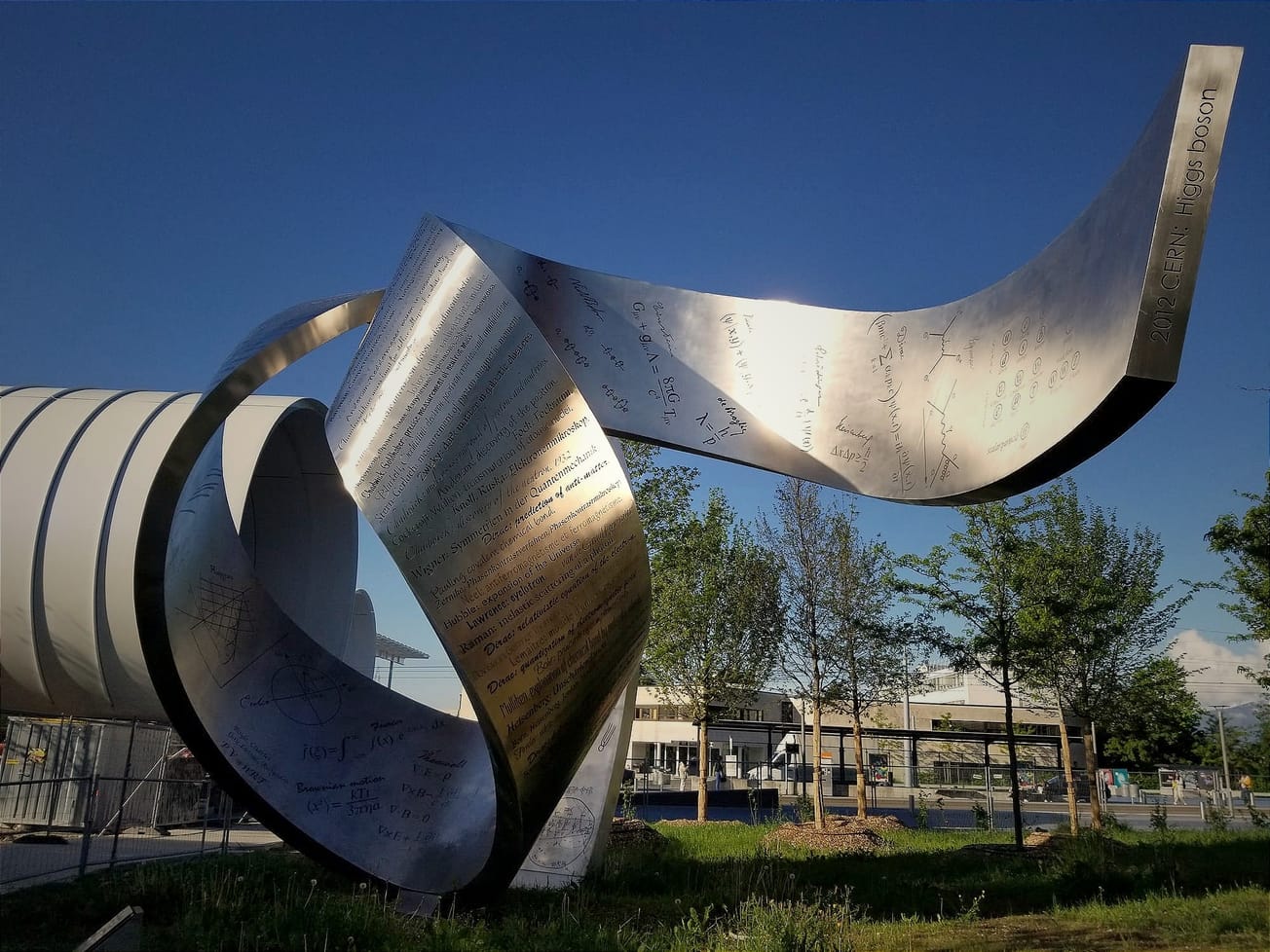The calendar says that it is winter across South America, but in many places the thermometer is telling a different story.
The World Meteorological Organization reports that the month opened with an unusual winter heat wave across parts of Argentina, Brazil, Chile and Uruguay. With a massive dome of hot air settled over much of the continent, the mercury is reaching a range far beyond what is normal for this time of year.







